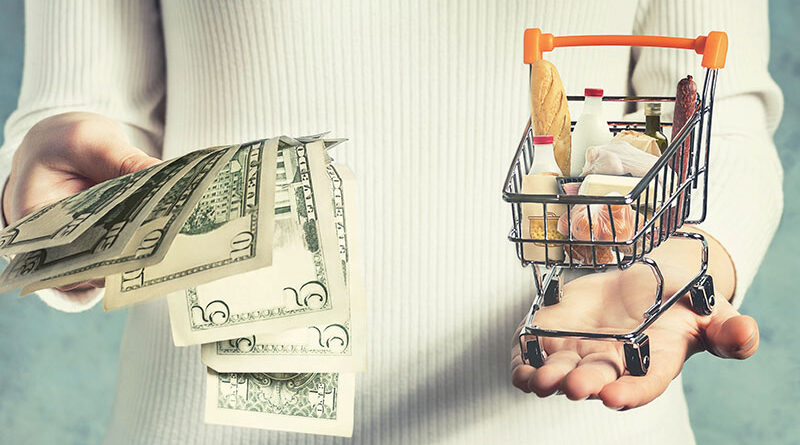The Shrinkflation Offensive
Noticed the size or quantity of products is shrinking while prices remain the same? Call it ‘shrinkflation’
By Bruce Frassinelli
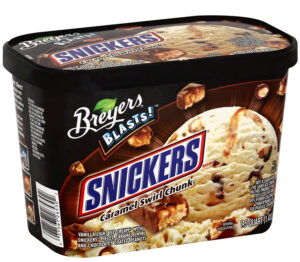
In a recent letter to the editor published in a local newspaper, an Onondaga County resident complained that the size or quantity of products is shrinking, but the prices stay the same, even increase.
She’s on to something, but this sleight-of-hand is not something new. In economics, we refer to this as “shrinkflation” — the process of items shrinking in size or quantity, or even sometimes a reduction in quality with less expensive contents, while prices remain the same or increase.
Consumer advocates see shrinkflation as a form of consumer fraud. They are critical of these policies because the changes are not announced, nor are they immediately obvious to consumers.
Smart marketers have learned that consumers are deterred more by price increases than by reduction in product. Some marketing experts have lobbied for legislation to compel companies to make an announcement when they reduce the contents of their products.
Companies argue, however, that stores are compelled to post a unit price, so it is up to the consumer to compare and be aware of these differences.
My favorite examples of shrinkflation are orange juice and ice cream, which, in the good old days, both came in 64-ounce (half-gallon) containers.
At first, the amount of orange juice decreased by 7.8% to 59 ounces. Now it’s down to 52 ounces with some brands, another 11.9% reduction. Through this contraction, the price has remained the same. The other sneaky part of it is that the bottle or cardboard container looks the same.
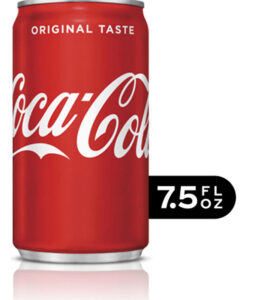
The other day, I asked my daughter-in-law whether she was aware that she is getting nearly 19% less orange juice than she did a few years ago. She was surprised and completely unaware of the change, but quickly added, “I was wondering why I seem to be buying more orange juice than I once did.”
Maybe you wondered the same thing.
My favorite ice cream, Breyers, along with many other top brands, went from 64 to 56 to 48 ounces — a 25% reduction in product — but the price remained the same for a while then increased and is now more than $4 a container.
The familiar packaging, however, looks basically the same, so, unless you are specifically comparing ounces you might not detect the difference.
I admit to being a pretzel addict. This is another product which has undergone a major contraction. Not that long ago, it was commonplace for a bag of pretzels to be 16 ounces that would sell in the neighborhood of $2 a bag. Some of the major brands, such as Snyder’s and Utz, still for the most part package one-pound bags, but their regular price is now $3.69.
Store brands and others, however, are now packaged in 13.5- or 11-ounce bags, but the customer is still charged the same price. So the manufacturer is fooling us into thinking that there has been no price increase in a long time. This is true, but you are now paying the same price for less product.
A few years ago, Coca-Cola had an 8-ounce can which changed to a taller can that appeared to be bigger but, in fact, had 7.5 ounces. The difference doesn’t sound like much, but it works out to 6.25% less Coke.
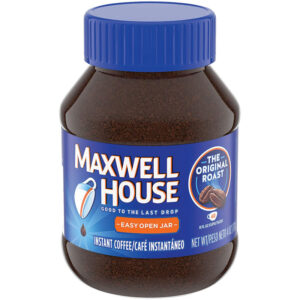
Maxwell House instant coffee went from more than 30 ounces to 26.8 ounces. While the price remained the same, there are now 30 fewer cups of coffee. Remember the days when you would ask for a pound of ground coffee? Those bags are now 11 to 13 ounces.
Those 1,000 sheets of toilet paper used to be the industry standard. No more, especially now that there is a confusing array of double-ply and other gimmickry that makes apples-to-apples comparisons difficult.
Another ploy that toilet paper makers are using is shrinking the size of a sheet from 4.5 inches to 4 inches, an 11% difference. If you get the impression that the sheets are flimsier, meaning you use more of them, you are not imagining things.
Crest toothpaste went from 5.1 ounces to 4.6 ounces in the same-sized box. That’s a whopping reduction of 9.8%. In many instances such as this, the consumers have no idea that they have been taken in by clever marketing.
Canned tuna used to yield about 7 ounces per tin; now, it’s more like 5 ounces.
Pet food cans not only hold less product, but many of the cans, especially of some brands of cat food, are just a shadow of their former size.
I am sure some of you remember when a candy bar was 5 cents. Now, I have to spend $1 to get six two-bite, tiny Snickers bars. And don’t you just love the phraseology: “fun size?`” Some fun – paying more for less of the sweet stuff.
Let’s be honest, who is going to go through the hassle of actually checking and memorizing the net weight of products. You’re likely to be concerned with the price of the item. If the price stays the same, you’re happy.
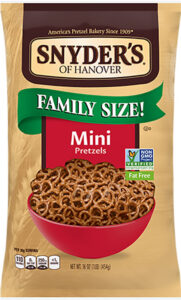
Procter & Gamble, maker of Charmin and Crest, defends its packaging strategies, saying that product innovation comes at a price. It also says that pricing is the exclusive domain of the retailer, which I find disingenuous since the retailer obviously must make a profit. As such, retailers will increase prices as they are increased for them by the manufacturers.
The whole “game” is underhanded, and we consumers turn out to be the losers.
Here are some suggestions to help you become more aware of shrinkflation:
• Look for sale items and use coupons.
• Take advantage of rebates, and if your family is sizable enough, buy in bulk if you spot a good deal.
• When looking at products that you buy often, be price and weight conscious, and be aware of the cost per ounce or unit.
And here is some free advice to manufacturers of these products: Come clean with us consumers. Alert us to changes in the size of contents and explain why it is happening. This is an ethical business practice; what you’re doing now is definitely not.

